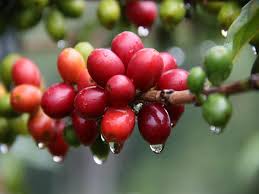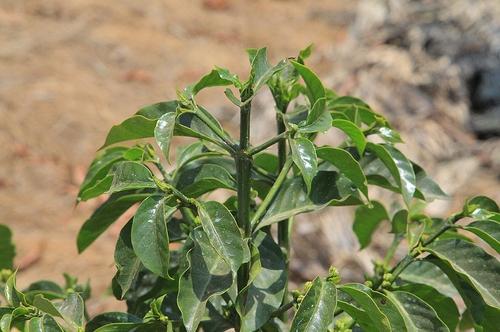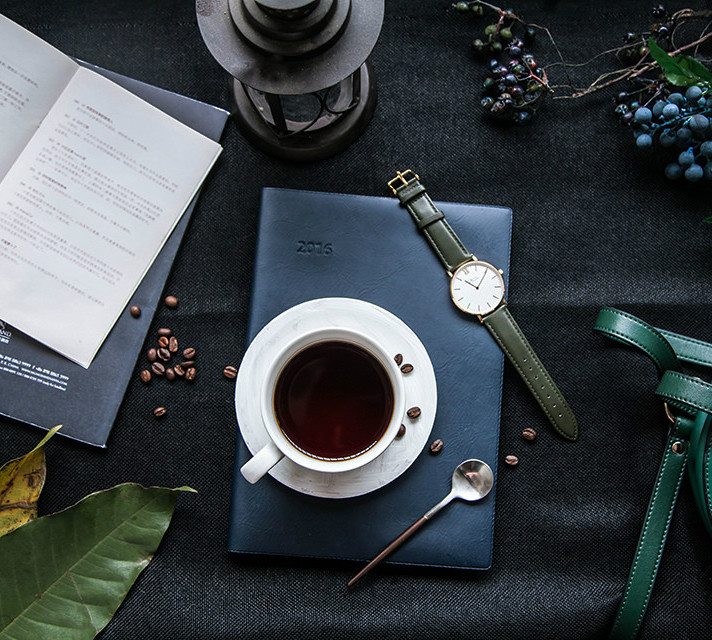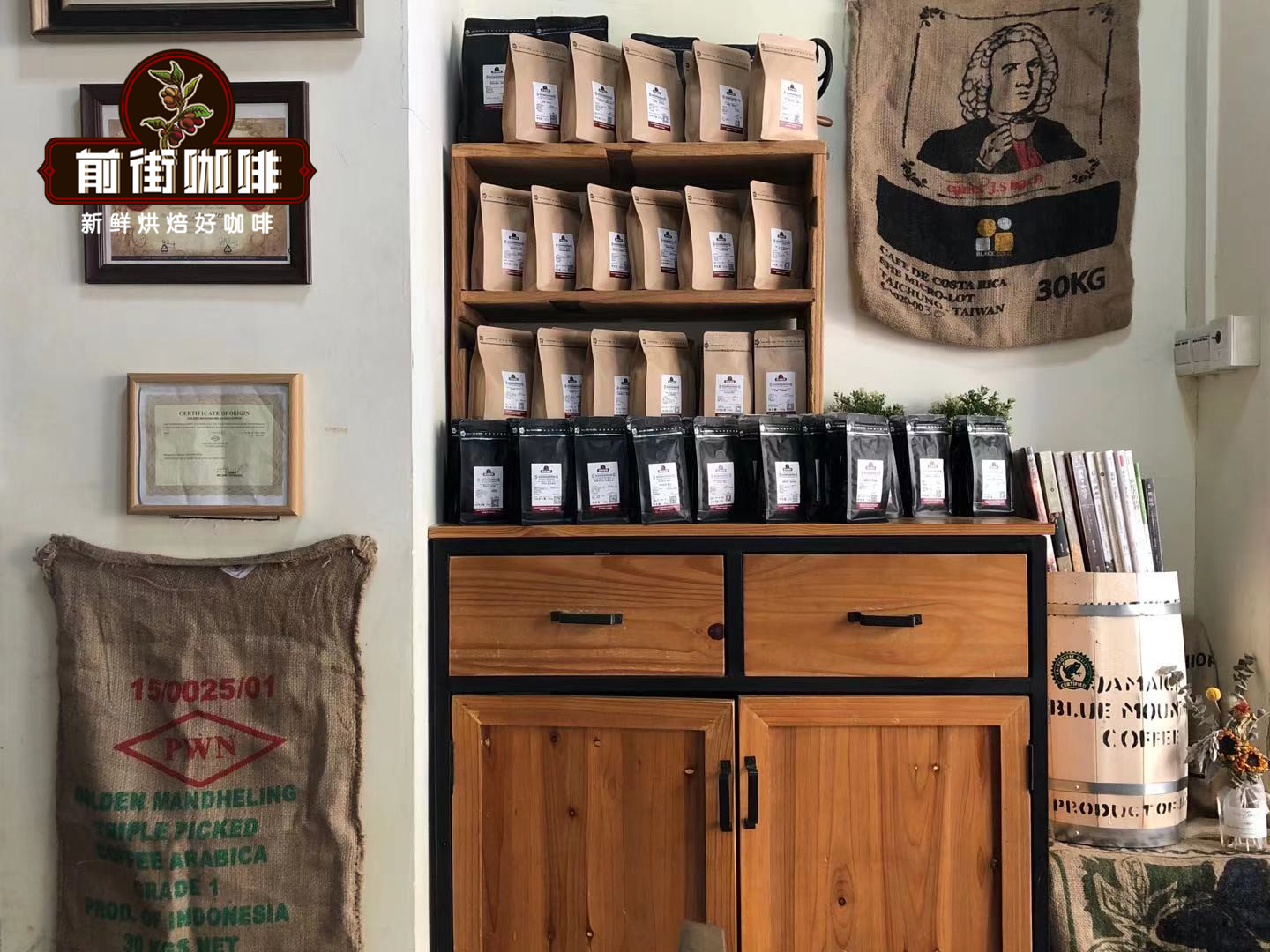The earliest known cafe in the world, the history of the development of Chinese coffee.
The earliest cafe in the world

For those who like coffee, we certainly don't know which people started drinking coffee in the first place, but it is certain that they must live in Ethiopia, because it is the ancient civilization of coffee. One of the most popular legends of coffee is recorded by the Lebanese linguist Fast. The story of the Shepherd and the Dancing Sheep recorded in the Sleepless Monastery (1671) by Nelloni (1613-1707). Legend has it that coffee is the Ethiopian Highlands. "A shepherd named Kaldi found in Ethiopia's Kaffa province that native tribes often ground the fruit of coffee and kneaded it with animal fat to make many ball-shaped balls. These indigenous tribes use these coffee balls as precious food as staple food for those soldiers who are about to go out to battle. At that time, people did not understand why coffee eaters showed hyperactivity or that it was caused by the irritation of coffee, but regarded it as a religious fanaticism shown by coffee eaters. I think this drink is so mysterious that it has become a special product for priests and doctors. During this period, the culture of coffee roasting and coffee cooking is the origin of coffee. However, due to the lack of historical materials, the origin is unexaminable cradle period. Coffee was then moved to the other side of the Red Sea-Yemen to become a professional cultivation and then cultivated to India to become the Old World coffee. A drink called "Buncham" was found in the Arab scientific literature of 900-1000 AD, but it is not certain that it is coffee. These documents mainly record the scientific value of this bean called "Buncham".

The historical data for the spread of coffee is that in 1454, the Athenian saint Guemarudin announced the mysterious drink "coffee" at that time. Before that, only religious experts, aristocrats and celebrities had access to coffee, which instantly became popular throughout the Arabian Peninsula.
The earliest coffee shop was in Kaveh Kanes, Mecca, in 1475. At that time, the habit of drinking coffee spread in the area, initially for a religious purpose, but soon became centers for playing chess, chatting, singing, dancing and listening to music. It was not until 1517, when Salim I conquered Egypt, that coffee was brought there, and people gradually got into the habit of drinking coffee. Introduced to Damascus in 1530, the Rose Cafe Cafe of the Roses' and the Salvation Gate Cafe of the Gate of Salvation' Cafe was one of the early coffee shops in the world.
In 1554, the oldest cafe in the world was famous for its luxurious decoration at the Canes Cafe in Constantinople.
In 1645, Bottega Del Caffe, the first coffee shop in Europe, appeared in Venice, Italy. Coffee flourished all over the world with a lukewarm attitude, and the golden age of coffee and music and art began quietly. In 1650, the first coffee shop in England, the Yakobu Cafe, appeared on Oxford University Street. Paris _ Procope Cafe was born in 1684, and the first American cafe opened in Boston (London Coffee House) in 1691. In 1720, Francis Cary was in St.? Marco Square also runs the Florence Cafe, which is one of the most expensive cafes in the world. The cafe is still called Caffes in Italy and Cafes in other parts of Europe.
Coffee in Taiwan began to be planted by the Dutch in 1624, which laid the foundation for the black gold growing in Taiwan's soil, which was limited to internal drinking by the Dutch, so it could not be widely promoted. In 1884, British tea merchants thought that Taiwan's climate was similar to that of Central and South America, and 100 coffee saplings were introduced from Manila to try to grow coffee, extending the history of Taiwan coffee. During the period of Japanese occupation, it was planted and cultivated in the area of Chiayi and Yunlin Gukeng. It reached its peak in 1941. In the heyday of coffee cultivation in Gukeng Township, it was known as "the largest coffee factory in the far East". Coffee beans introduced from Brazil are of the best quality when planted in Yunlin Gukeng, a tribute to the Japanese emperor, which has the nickname "Imperial Coffee".

The earliest coffee cultivation in the mainland began in Yunnan at the beginning of the 20th century, when overseas Chinese brought back coffee from Malaysia on Hainan Island. Distributed in Yunnan and Hainan. Another French missionary brought the first batch of coffee seedlings to Binchuan County in Yunnan Province. Now in Guangdong, Guangxi, Yunnan and Xiamen in Fujian, there are coffee trees introduced more than a hundred years ago, that is, "Chinese coffee" (Chinese coffee).
Chinese coffee culture began in old Shanghai, and imports began to rise in the Shanghai concession after the opening of the port. Many fashionable Shanghainese also began to try, but at first they were not used to the bitter taste of coffee and called it "as bad as cough potion". I hope that with the popularity of western food in Shanghai, coffee will gradually be accepted by most people. In the ci of Shengchazi, coffee is linked to Chinese literary traditions such as lovesickness, sorrow and sorrow. There were a large number of cafes on Nanjing Road, Xiafei Road, North Sichuan Road and Yalpei Road in Shanghai from 1920 to 1940s.
The coffee shop in Southeast Asia is basically "coffee shop" and "Kopitiam", which was founded by Chinese immigrants in the 1900s. These Southeast Asian coffees from Singapore, Malaysia and other places have deep roots in China. At the beginning of the 20th century, many cafes were opened in Singapore, Malaysia and other places. Most of the people who opened and patronized the cafes were people from "Xia Nanyang". In order to integrate into the so-called English civilization world, the rich took Western civilization as the fashion trend. popular to coffee shop gathering, for a long time has become a kind of culture.
Coffee shop is popular in every large, small and medium-sized city, and it is a place for modern people to gather, relax and do business. the reason why coffee shop has its unique attraction is that it sells not only coffee, but also a kind of quality, culture and ideas. People are tasting coffee at home, in the office, or on various social occasions: it is gradually associated with fashion and modern life. Coffee houses everywhere have become good places for people to talk, listen to music and rest, and coffee has gradually developed into a culture.
Important Notice :
前街咖啡 FrontStreet Coffee has moved to new addredd:
FrontStreet Coffee Address: 315,Donghua East Road,GuangZhou
Tel:020 38364473
- Prev
Health effects of Coffee matters needing attention in drinking Coffee
For modern people living in the city, this sentence is a close and familiar social greeting, whether 18 or 80, a cup of coffee has become a fashionable face of modern life. Is Italian coffee (Espresso) more caffeinated? Espresso has a mellow flavor, so it is easy to mislead people into thinking that it has a high caffeine content, but in fact this is not necessarily the case. one
- Next

Cat poop Coffee Bean Flavor and Taste Story the difference between Yunnan Coffee Bean and Indonesia
Kopi Luwak (Kopi Luwak), also known as civet coffee (English: civet coffee, Indonesian: Kopi Luwak, Filipino: Kape Motit, Kape Alamid, Kape Mel?, Kape Musang). In Indonesian, Kopi means coffee and Luwak means civet. The natural producing areas and artificial farms of civet coffee are mainly concentrated in the island group of Indonesia.
Related
- Beginners will see the "Coffee pull flower" guide!
- What is the difference between ice blog purified milk and ordinary milk coffee?
- Why is the Philippines the largest producer of crops in Liberia?
- For coffee extraction, should the fine powder be retained?
- How does extracted espresso fill pressed powder? How much strength does it take to press the powder?
- How to make jasmine cold extract coffee? Is the jasmine + latte good?
- Will this little toy really make the coffee taste better? How does Lily Drip affect coffee extraction?
- Will the action of slapping the filter cup also affect coffee extraction?
- What's the difference between powder-to-water ratio and powder-to-liquid ratio?
- What is the Ethiopian local species? What does it have to do with Heirloom native species?

